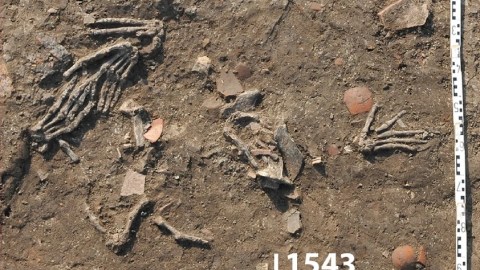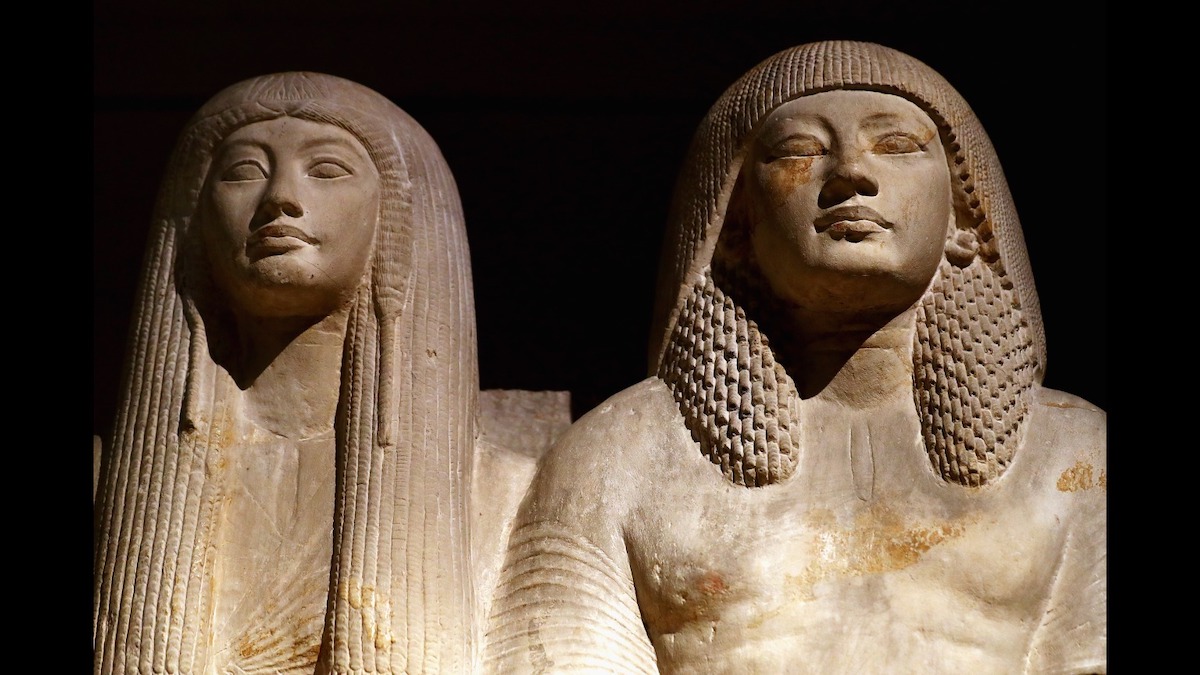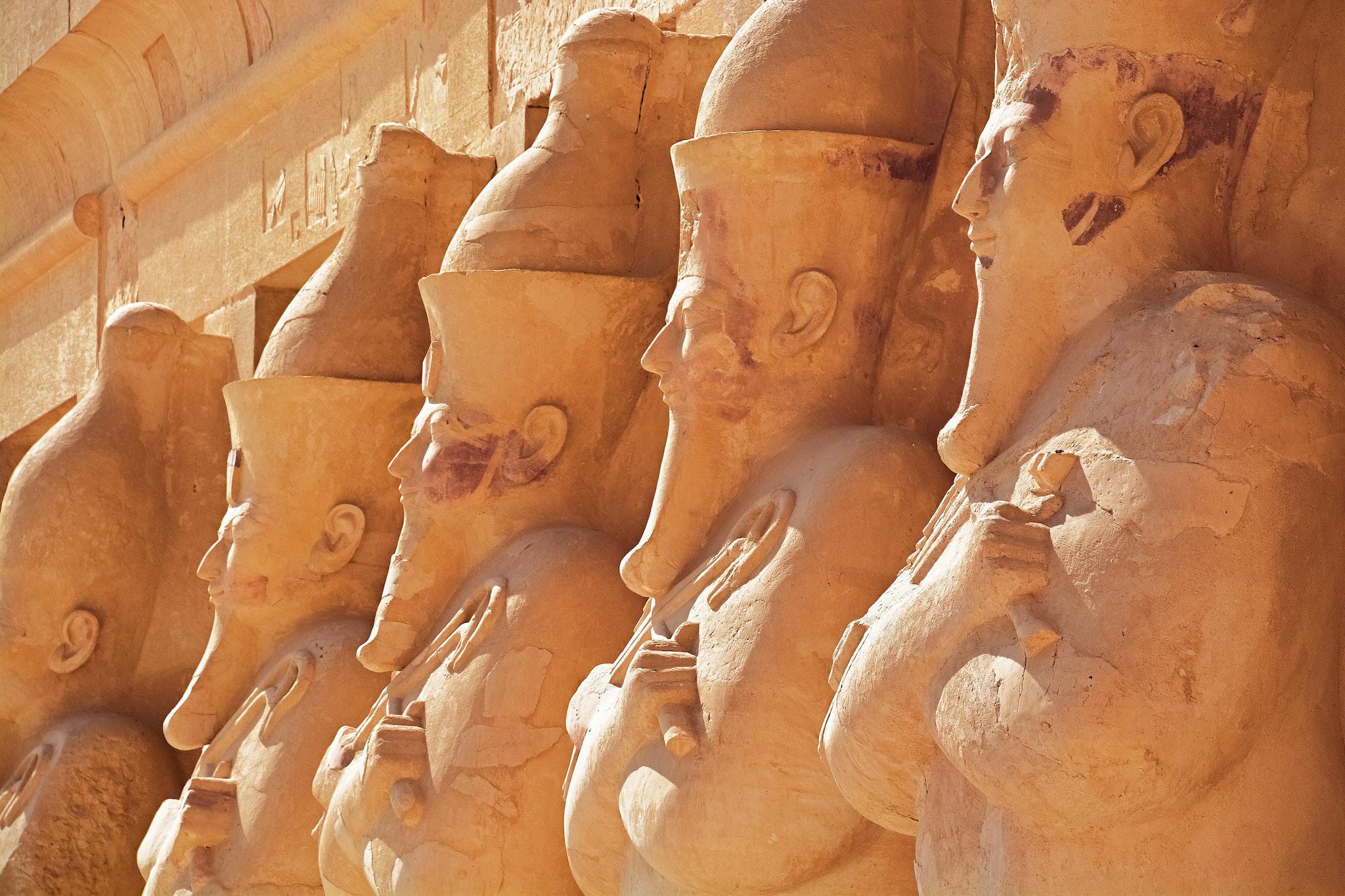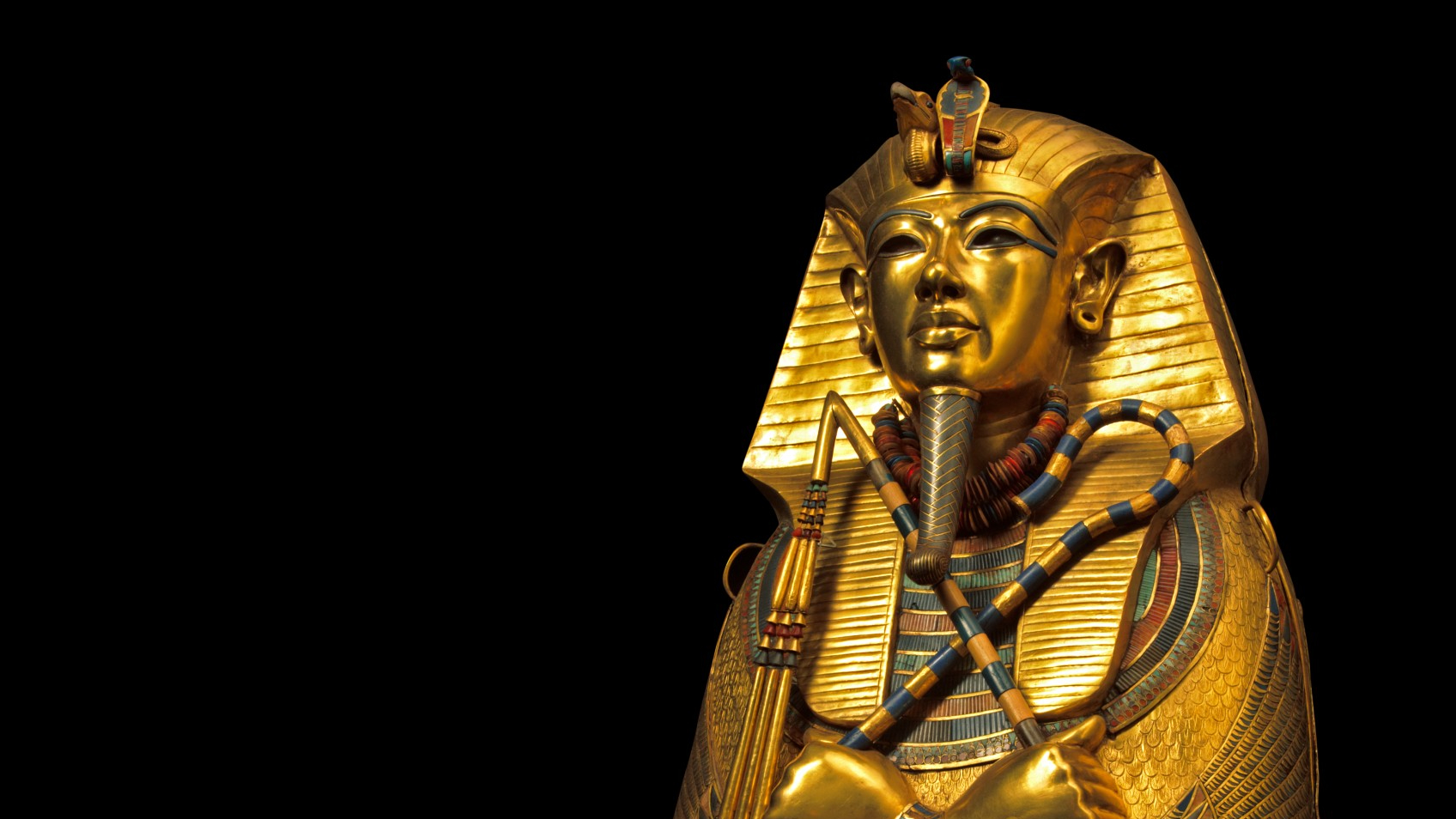- Archaeologists regularly showcase the grandeur of ancient Egypt. With this new research, we also witness its brutality.
- The discovery of at least 12 severed hands near a throne room, along with associated hieroglyphs, suggest that the Egyptians mutilated their enemies publicly.
- Because the integrity of the body was vital in ancient Egyptian theology, this act would have served as a condemnation in the afterlife.
In a new paper published in the journal Scientific Reports, a team of scientists analyzed a collection of at least 12 severed hands found in an ancient Egyptian palace. The macabre trove (which would surely pique the interest of Wednesday Adams) may be the first physical evidence of a gruesome, militaristic ceremony.
Archaeologists originally unearthed the grisly find back in 2011. The hands were strewn in three pits in front of the throne room of a palace dated to around 1600 BC at Tell el-Dab’a in northeastern Egypt. This would have been during the century-long 15th Dynasty, when invading Hyksos from the Levant ruled the northern part of the country from their capital Avaris. Tell el-Dab’a is where Avaris once stood.
Hieroglyphs discovered in various locations dated to the second half of ancient Egypt’s roughly 3,000-year history hint that soldiers would sometimes present the severed right hands of defeated foes to the Pharaoh to garner the “gold of honor,” a prestigious reward that came in the form of a collar of golden beads. But it was hard to know whether these depictions portrayed an accurate or mythologized account of the past.
The new analysis of the severed hands leaves little doubt that the “gold of honor” ceremony actually occurred.

When the scientists closely analyzed the bones, they found that at least 12 hands were in the pits, but there might have been as many as 18 considering they found a few lonesome finger bones. Bone structure analysis suggested that all the hands were from individuals at least over the ages of 14 to 21. All were right hands, and all were likely male, as identified by examining the length ratio of the hands’ index and ring fingers. Men regularly have longer ring fingers than index fingers while women typically have longer index fingers.
Lend me a hand
The researchers also delved into gorier details.
“Because no fragments of lower arm bones were attached or found in the pit, it implies that these hands were precisely severed from the lower arm,” they described. “The hands must have been soft and flexible when they were placed into the pit. That is, either before rigor mortis sets in or after it has resolved.”
If it was before rigor mortis — the stiffening of the joints and muscles a few hours after death — then living victims were mutilated just before or even during the ceremony. If it was after, then the hands must have been stored long enough for rigor mortis to conclude, between one and four days.
And remember, the pits where the hands were discovered were located in the forecourt just in front of the palace’s throne room, implying that “gold of honor” would have been a very public event. An enemy’s mutilation would have taken on special significance in ancient Egypt, the researchers noted.
“Because corporeal integrity was vital for survival in the ancient Egyptian view of the afterlife, the victim’s impairment adds a deeper dimension to this act of dominance.”
Archaeologists regularly showcase the grandeur of ancient Egypt. With this new research, we also witness its brutality.






